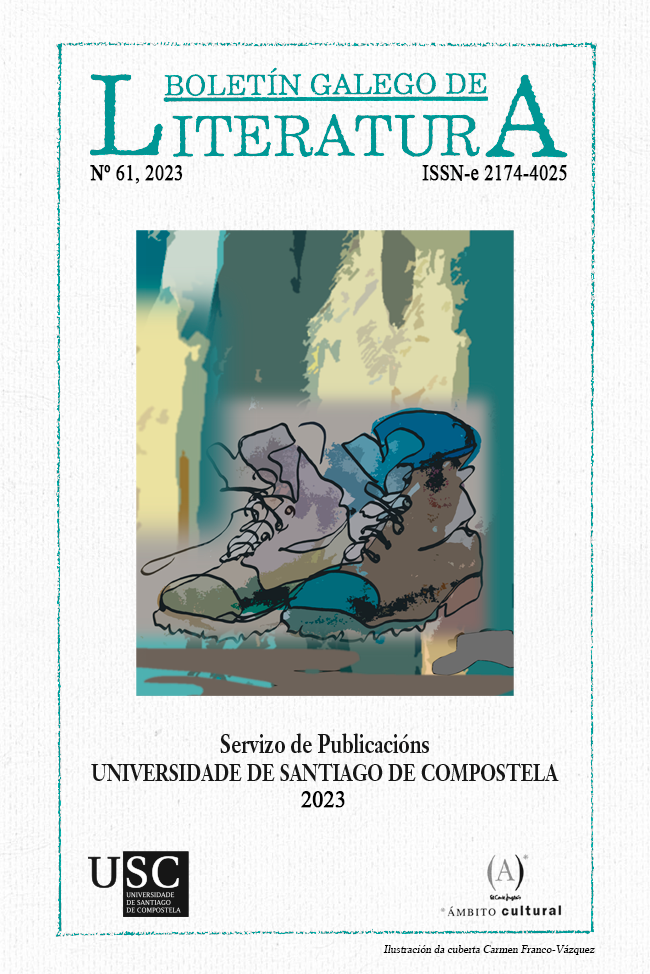Literary tourism: the Outlander effect and the authenticity of literary places in historical fiction
Main Article Content
Abstract
The following note aims to address the question of the authenticity of literary places in a specific literary context, the genre of historical fiction, which is characterised by, to a greater or lesser extent, mixing real elements and events with fictional ones to make the plot presented more enjoyable for the consumer. In this way, we will try to analyse two key spaces of the Outlander book saga, also adapted into a television series, such as Craigh Na Dun and Culloden, in the light of, mainly, two studies: Quinteiro and Baleiro (2017) and Reijnders (2011).
Keywords:
Article Details
References
Gabaldon, D. (2017). Forastera (Saga Outlander 1). Salamandra [Versión para Kindle].
Gabaldon, D. (2021). Prólogo. En S. Heughan e G. McTavish (Aut.), Tierra de Clanes: whisky, guerras y una aventura escocesa sin igual (pp. 13-17). Principal de Libros.
Moore, R. D. (2014-). Outlander. Sony Pictures Television.
Quinteiro, S. e Baleiro, R. (2017). Estudos em literatura e turismo: conceitos fundamentais. Universidade de Lisboa.
Quermia, C. (2021). El efecto Outlander y su influencia en el patrimonio. Hispania Nostra De Autor [en liña]. https://deautor.hispanianostra.org/el-efecto-outlander-y-su-influencia-en-el-patrimonio-2/
Reijnders, S. (2011). Places of the imagination. Places of the imagination: media, tourism, culture, 13-20. Surrey.
Most read articles by the same author(s)
- Alba Calo Blanco, Two approaches to the life and work of Xela Arias, free woman for her choices , Boletín Galego de Literatura: No 60 (2022)
- Alba Calo Blanco, María del Carmen Ferreira Boo (2022). As reescrituras de contos marabillosos na Literatura Infantil e Xuvenil Galega (das orixes a 2010). Hércules de Ediciones. , Elos: Revista de Literatura Infantil e Xuvenil: No 10 (2023)







